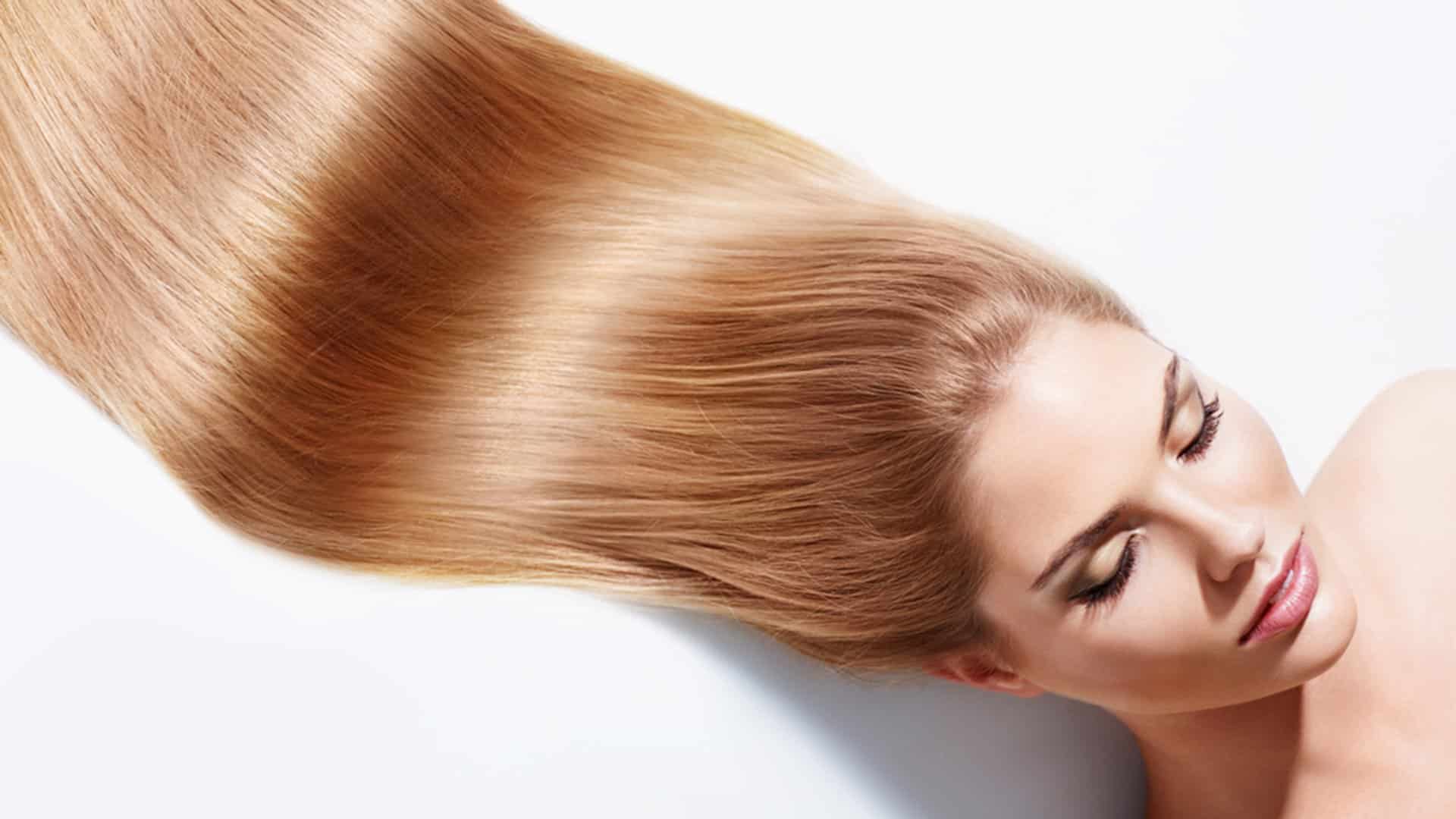Ever wondered how you sprout hair out of skin developed hair follicles?
A USC-led study now has all the answers for you. The study appearing in Proceedings of the National Academy of Sciences describes the work of an international group of colleagues involving dissociated skin cells from a newborn mouse and used time-lapse movies to study cell behavior.
The cells from the mice formed organoids by going through six phases, i.e., dissociated cells, aggregated cells, cysts, coalesced cysts, layered skin, and skin with follicles that grew hair when transplanted to the back of a host mouse. On the other hand, dissociated skin cells from an adult mouse only made it to the phase aggregation stage before stalling in development.
Organoids made from dissociated progenitor cells undergo tissue-like organization. This in vitro self-organization process is not identical to embryonic organ formation, but it achieves a similar phenotype in vivo. This implies genetic codes do not specify morphology directly; instead, complex tissue architectures may be achieved through several intermediate layers of cross talk between genetic information and biophysical processes.
After observing the contrast in dissociated skin cells of newborn mice and adult mice, the investigators to understand the forces at play, analysed the molecular events
and physical processes that drove successful organoid formation with newborn mouse cells. They used a combination of bioinformatics and molecular screenings, and at various times witnessed increased activity in genes related to: the protein collagen; the blood sugar-regulating hormone insulin; the formation of cellular sheets; the adhesion, death or differentiation of cells; and many other processes.By carefully studying these developmental processes, the scientists obtained a molecular “how to” guide for driving individual skin cells to self-organize into organoids that can produce hair. They then applied this “how to” guide to the stalled organoids derived from adult mouse skin cells. By providing the right molecular and genetic cues in the proper sequence, they were able to stimulate these adult organoids to continue their development and eventually produce hair. In fact, the adult organoids produced 40 percent as much hair as the newborn organoids—a significant improvement.
“Normally, many aging individuals do not grow hair well, because adult cells gradually lose their regenerative ability,” concludes Chuong, senior author, USC Stem Cell principal investigator and professor of pathology at the Keck School of Medicine of USC. “With our new findings, we are able to make adult mouse cells produce hair again. In the future, this work can inspire a strategy for stimulating hair growth in patients with conditions ranging from alopecia to baldness.”



























